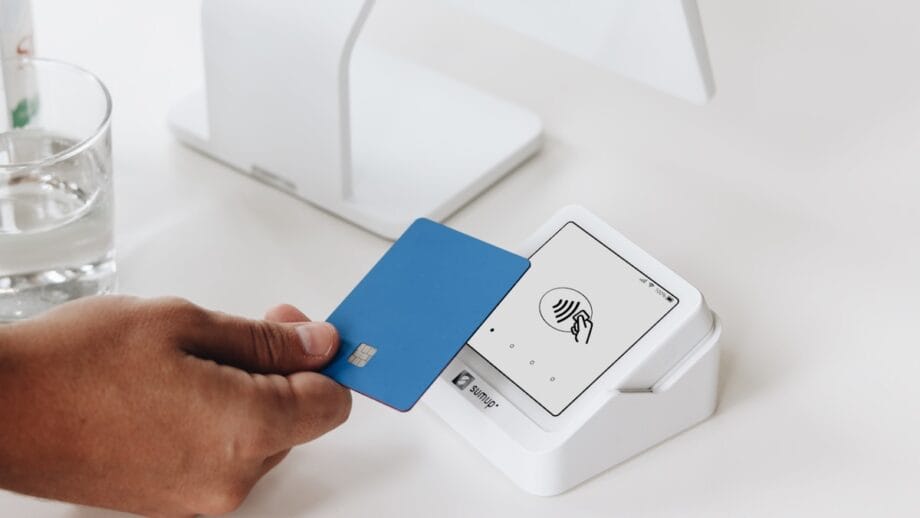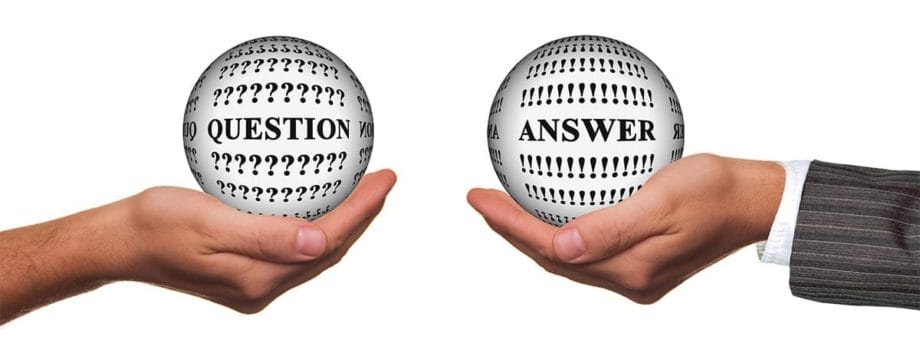In today’s fast-paced digital economy, the way businesses accept and process payments can make or break customer relationships. Consumers expect convenience, security, and speed — and businesses that fail to deliver risk losing sales. Payment solutions are no longer just about swiping a credit card; they now include a wide range of tools, from electronic checks to mobile wallets and subscription billing platforms.
Whether you run an online store, a brick-and-mortar shop, or a hybrid business, choosing the right payment system is essential to keep up with changing market demands. This guide explores the best payment solutions available today, their advantages, and how to choose the right one for your business.
Understanding Modern Payment Solutions

Payment solutions are systems and tools that allow businesses to accept payments from customers in various forms — credit cards, debit cards, ACH transfers, mobile payments, and even cryptocurrency in some cases. They also include software and hardware that process transactions securely.
Modern payment systems typically combine:
- Payment gateways: Securely transmit payment data between the customer, merchant, and bank.
- Payment processors: Handle the behind-the-scenes steps to complete a transaction.
- Merchant accounts: Special accounts where funds are deposited after a payment is processed.
For example, an eCommerce brand might use Shopify Payments (gateway + processor in one) for online sales, while a retail store might combine Square POS with mobile wallet acceptance for in-person transactions.
Why Upgrading Your Payment System Matters
Many businesses still use outdated systems that lack mobile optimization, fraud protection, or flexible payment options. Upgrading can help you:
- Increase conversion rates: Customers are more likely to buy if they can pay the way they prefer.
- Reduce fraud: Modern solutions use encryption, tokenization, and AI fraud detection.
- Streamline operations: Integrated systems automate reconciliation and reporting.
- Expand globally: Multi-currency support opens your business to international markets.
Example: A U.S.-based subscription box company upgraded to a modern ACH + credit card solution, which reduced failed transactions by 23% and improved cash flow within the first quarter.
Top Payment Solutions for 2025

Here’s a breakdown of the leading payment options businesses should consider this year.
1. eCheck (Electronic Check) Payment Processing
Electronic checks allow customers to pay directly from their bank accounts without using paper checks. They’re processed via the ACH network and are ideal for recurring billing, B2B transactions, and high-ticket sales.
Key benefits:
- Lower processing fees than credit cards.
- High approval rates, even for high-risk industries.
- Faster than mailing paper checks.
Example Use Case: A law firm uses eChecks for client retainer fees, saving thousands annually compared to credit card fees.
2. Credit & Debit Card Processing
Still the most widely accepted form of payment, card processing is essential for almost any business. Modern processors offer contactless payment options, quick settlements, and integration with e-commerce platforms.
Example: Restaurants use Toast POS with integrated credit/debit card processing, allowing customers to split bills and pay at the table.
3. Mobile Wallets
Apple Pay, Google Pay, and Samsung Pay let customers pay with their smartphones or smartwatches. This method is popular for in-person transactions and offers an extra layer of security.
Why it matters: Mobile wallet adoption in the U.S. is projected to grow 40% by 2026, making it a must-have for retail businesses.
4. Payment Gateway Integration
For online businesses, a payment gateway connects your website’s checkout process to the payment processor. Top options include Stripe, Authorize.net, and PayPal Payments Pro.
Example: A SaaS company integrates Stripe to handle subscription billing with automated retries for failed payments, improving retention.
5. Buy Now, Pay Later (BNPL) Services
Platforms like Affirm, Klarna, and Afterpay allow customers to split purchases into smaller payments, boosting sales and average order value.
Example: An electronics retailer added Klarna at checkout and saw a 28% increase in average transaction size within two months.
6. POS (Point of Sale) Systems
POS systems like Square, Clover, or Toast combine hardware and software to manage in-person sales, inventory, and customer data in one place.
Quick Comparison Table of Payment Solutions

| Payment Type | Best For | Key Advantage | Example Providers |
| eCheck | High-ticket, recurring, B2B | Low fees, high approval | eCheckPlan, Deluxe |
| Credit/Debit Cards | General retail & online sales | Widely accepted, fast | Stripe, Square, PayPal |
| Mobile Wallets | In-person, tech-savvy customers | Secure & contactless | Apple Pay, Google Pay |
| Payment Gateways | E-commerce, SaaS | Multi-method acceptance | Authorize.net, Stripe |
| BNPL | Retail, high-value consumer goods | Boosts sales & flexibility | Klarna, Affirm, Afterpay |
| POS Systems | Brick-and-mortar with inventory needs | All-in-one sales management | Clover, Toast, Square |
Key Features to Look for in a Payment Solution
When selecting a payment solution, consider:
- Security compliance (PCI DSS, encryption, tokenization)
- Fraud detection tools
- Compatibility with your existing software and systems
- Transparent pricing (watch for hidden fees)
- Customer support availability
- Multi-channel capabilities (online, mobile, and in-store payments)
The Role of Security in Payment Processing
Payment security is not optional. With cyberattacks on the rise, businesses must prioritize protecting customer data. This means:
- Using SSL certificates for secure website connections.
- Enabling two-factor authentication for account access.
- Implementing tokenization to store payment data safely.
- Running regular security audits.
How to Choose the Right Payment Solution
The “best” payment solution depends on your business type, industry, and customer preferences. Ask yourself:
- Where are most of my customers located?
- Do I need to process recurring or subscription payments?
- Am I in a high-risk industry that requires specialized processing?
- How important is mobile payment capability?
Once you have these answers, compare options side-by-side to find a balance between cost, features, and reliability.
Future Trends in Payment Solutions
The payment industry is evolving rapidly. Here are a few trends to watch:
- AI-driven fraud prevention: Real-time monitoring and predictive risk analysis.
- Faster payments: Instant payouts and same-day ACH transfers.
- Biometric authentication: Using fingerprints or facial recognition to approve transactions.
- Global payment unification: Platforms that accept multiple currencies and payment types under one interface.
Frequently Asked Questions

Q: Are eChecks safe?
Yes. They use encryption, authentication, and bank-level security to protect transactions.
Q: What is the cheapest payment method for businesses?
ACH and eChecks usually have lower fees than credit cards.
Q: Can I use multiple payment processors?
Yes, many businesses use more than one to give customers more options.
Final Thoughts

Payment processing is no longer a back-office function – it’s a critical part of the customer experience. Businesses that adapt to changing technology and consumer preferences will stay competitive, improve cash flow, and boost customer loyalty. Whether you choose eChecks, mobile wallets, BNPL services, or all of the above, the key is flexibility, security, and scalability.
By future-proofing your payment system now, you can focus on growth instead of playing catch-up.






